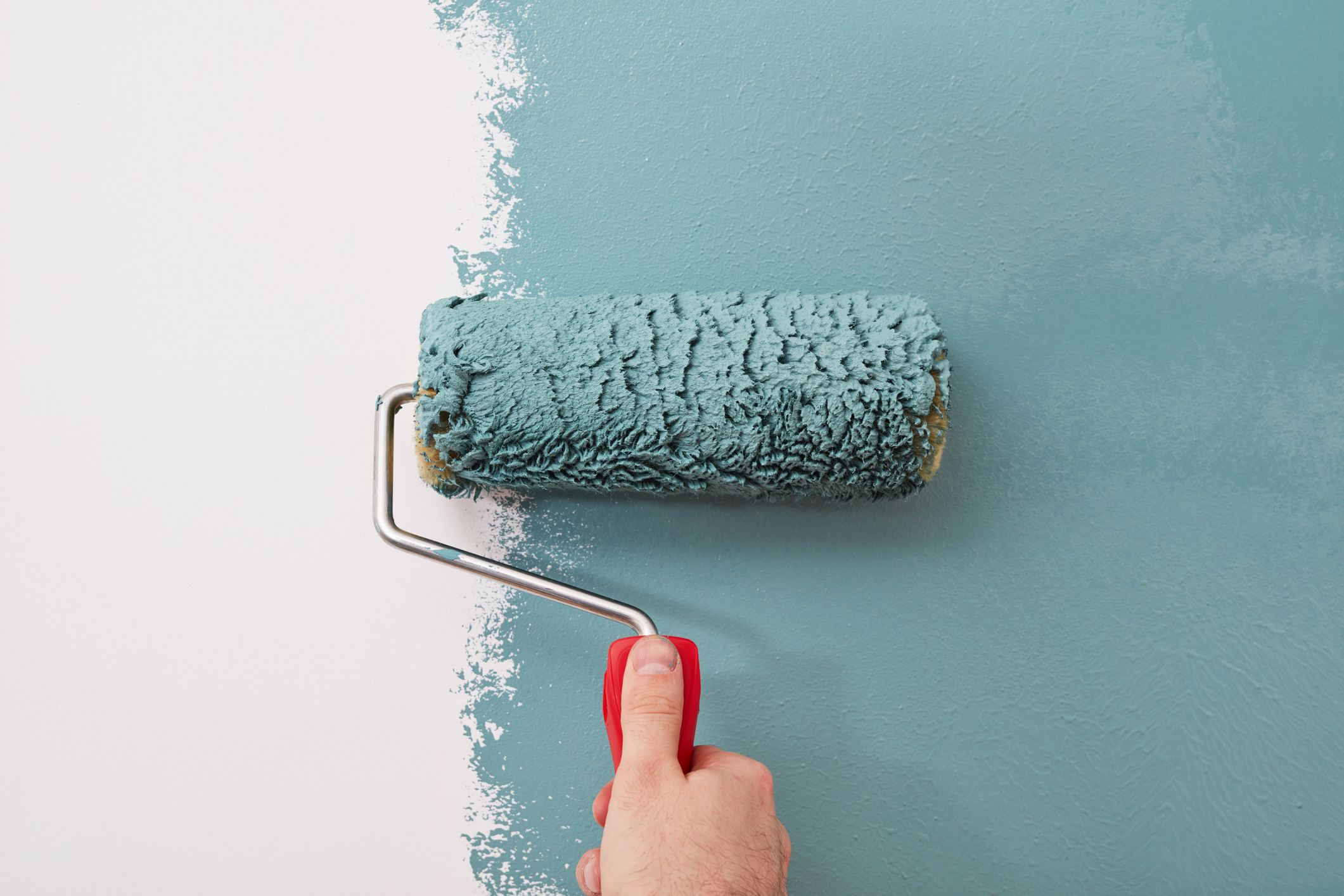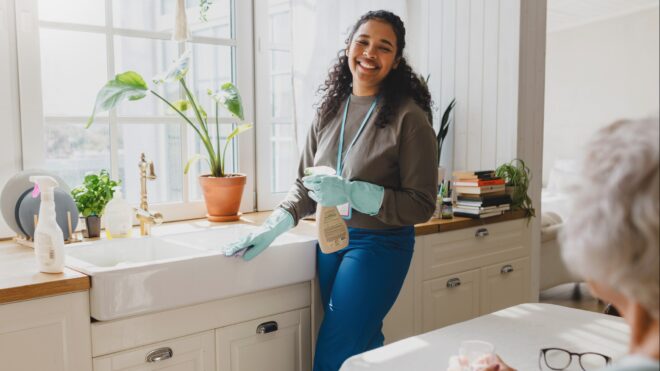
There's nothing nicer than making over a room, and it all starts with a fresh coat of paint. Changing a room's color will alter its entire mood and give your home a burst of new energy.
A change to the look of a room can simply be because of shifting tastes and styles, or it can make a simple room really feel like a place to come home to. Either way, the feeling of transformation is always a great one.
But before you can bask in the glow of your new favorite color, you have to actually paint the walls. And that can be a hassle. There's the threat of getting paint everywhere and of dropping your brush into the paint tray. It's no wonder that people hire professionals!
If you're going to paint a room yourself, though, check out these super-simple but totally life-changing tips that will take the stress out of painting. And they don't require any fancy equipment, either! Check them out below, and watch the video to see how they help.
Materials:
- Pool noodle
- Scissors
- Aluminum foil
- Plastic wrap
- Lint roller
Instructions:
- Make a holder for paintbrushes by cutting a pool noodle to fit the width of your paint tray, then cut a lengthwise slit in one side of the noodle and several crosswise slits on the other side. Clamp the noodle on the edge of the paint tray and wedge the brushes into the crosswise slits. They’ll stay safely out of the paint, and you’ll always know where they are.
- Line your paint tray with aluminum foil for easy cleanup and to prevent layers of dried paint from building up in the tray. This is especially useful if you’re going to be painting with more than one color, as it makes switching a snap.
- Cover a paint can with plastic wrap before putting the lid on to prevent the lid from sticking the next time you open the can. This will also prevent any air from getting into the can and drying out your paint.
- Use a lint roller to remove dust and fuzzies from a paint roller before dipping it into the paint. This will prevent dust from getting caught in the paint and causing unsightly bumps on your walls.




